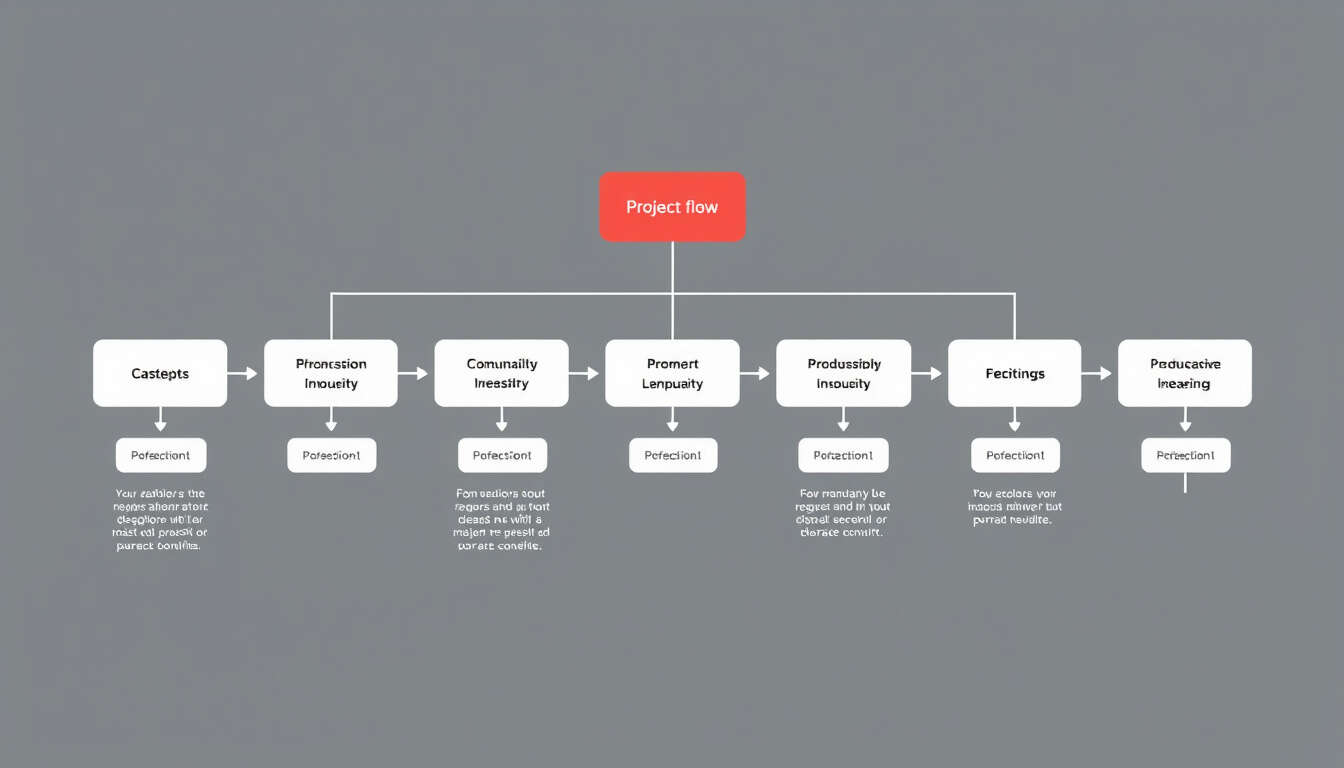Essentials of Project Management for Boosting Productivity
 by Marlene Keeling
by Marlene Keeling
Discover the core elements of project management that can enhance daily efficiency. Learn practical, research-supported methods to organize tasks, prioritize effectively, and achieve goals with greater focus. Ideal for professionals and students aiming for better results.

Project management involves organizing tasks and resources to meet specific goals. One fundamental aspect is planning, which helps in setting clear objectives and timelines. By breaking down projects into smaller steps, individuals can reduce overwhelm and maintain steady progress.
In practice, effective planning draws from studies on cognitive load. For instance, research in psychology shows that dividing work into manageable segments improves concentration and output. This leads to another key element: organization. Keeping tools and information structured allows for quick access, minimizing time lost to searching.
Tools like digital calendars or simple to-do lists support this process. According to findings from productivity research, such methods can increase completion rates by up to 25%. Next, consider execution. This stage requires consistent effort, often aided by techniques like the Pomodoro method. The Pomodoro method involves working in focused bursts, typically 25 minutes, followed by short breaks.
Studies indicate that these intervals align with natural attention spans, helping to sustain energy levels. During execution, monitoring progress is essential. Regular check-ins allow for adjustments, ensuring that projects stay on track. For example, weekly reviews can highlight areas needing improvement, based on evidence from organizational behavior studies.
Key Strategies for Daily Use
To apply these basics, start with prioritization. One approach is using a matrix to categorize tasks by urgency and importance. This strategy, supported by time management research, ensures that critical activities receive attention first.
Here are some steps to implement:
- Identify all tasks at the beginning of the week.
- Assign categories based on deadlines and impact.
- Focus on high-priority items during peak energy times.
Additionally, collaboration plays a role in larger projects. Effective communication among team members fosters accountability. Research in group dynamics shows that clear roles reduce errors and enhance overall efficiency.
Benefits and Long-Term Gains
Adopting these project management essentials leads to measurable improvements. For busy professionals, better organization means more time for creative work. Students benefit from structured approaches, leading to higher academic performance. Over time, these habits build resilience and adaptability.
In summary, integrating planning, organization, execution, and monitoring into routines creates a solid foundation for productivity. By relying on evidence-based practices, individuals can achieve more with less effort, making project management a vital skill for success.
